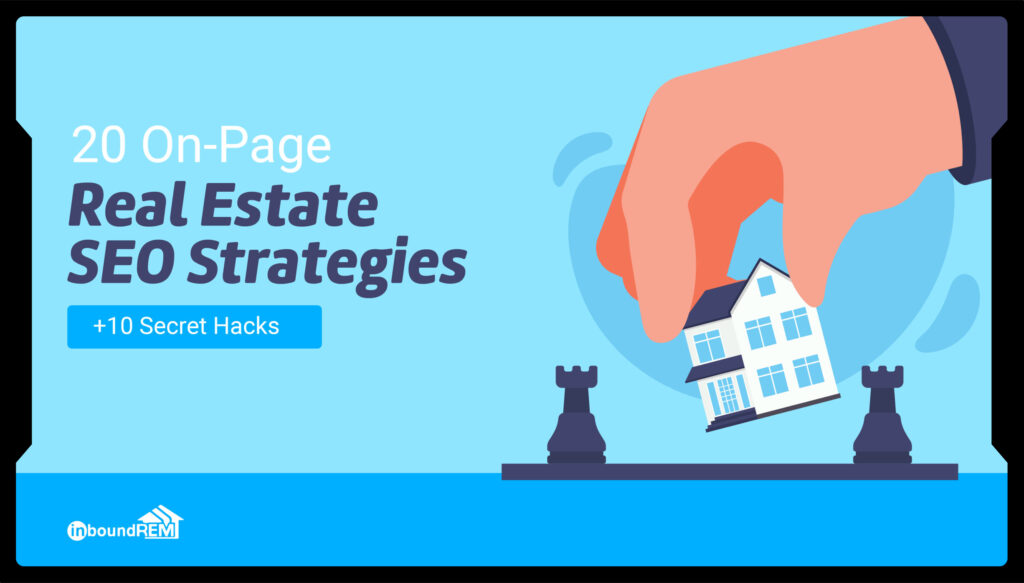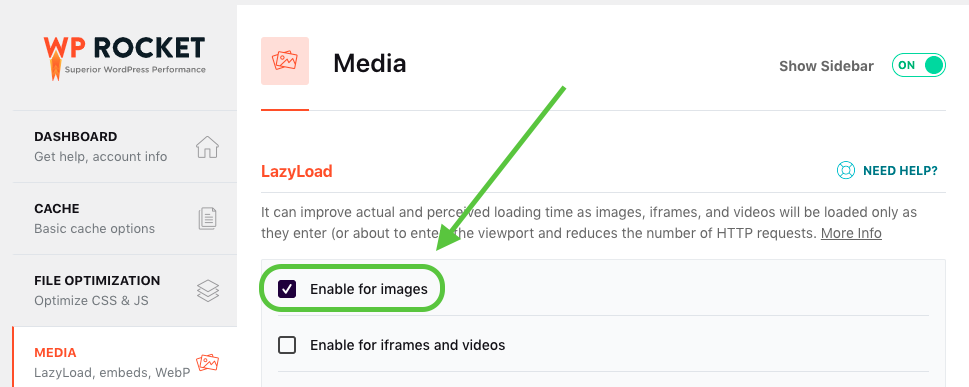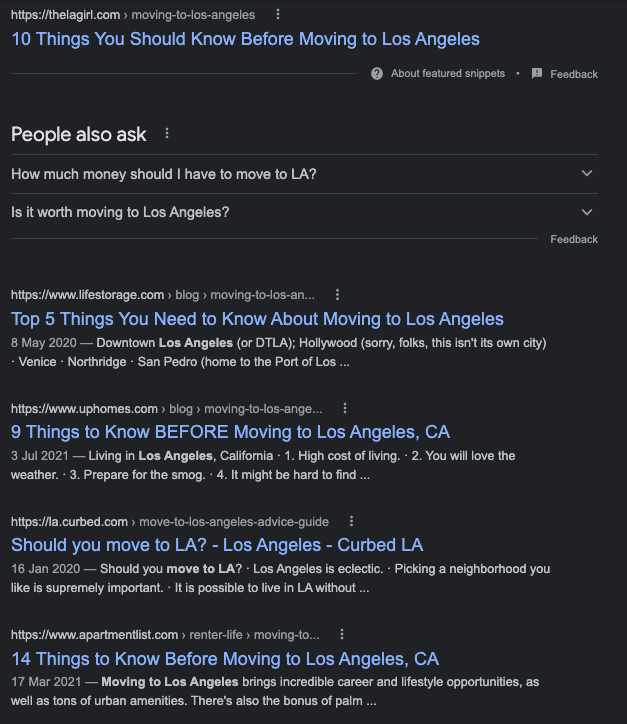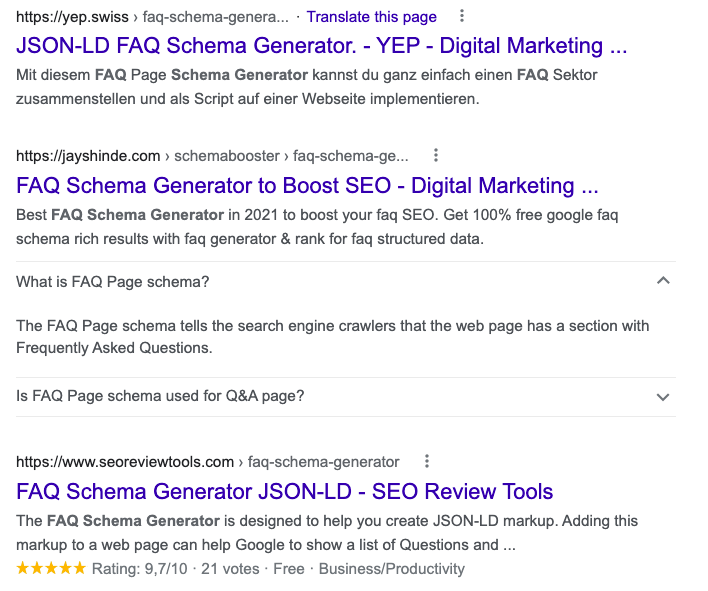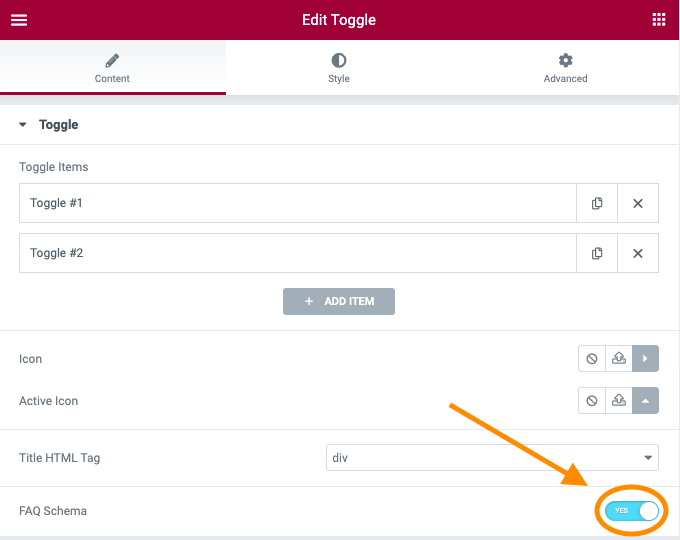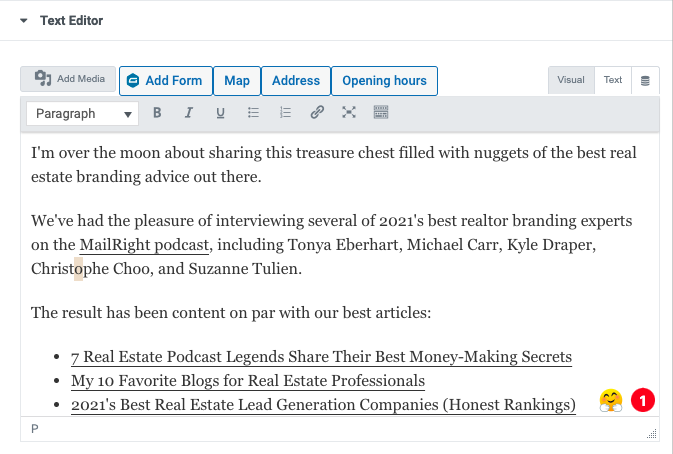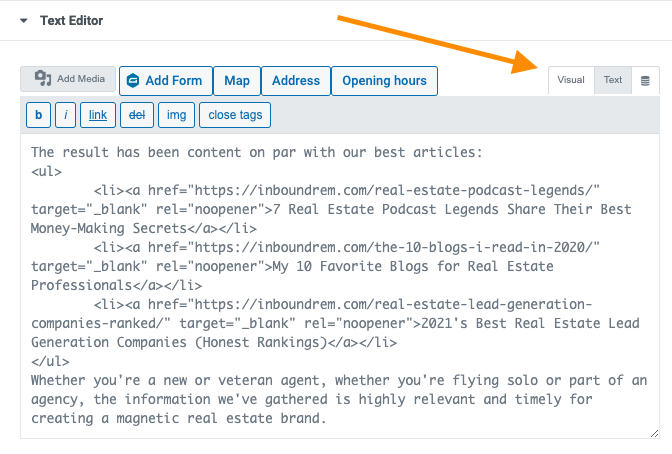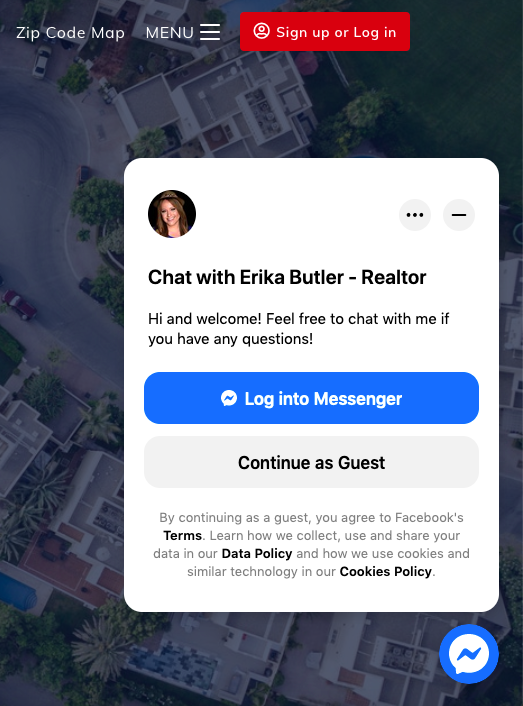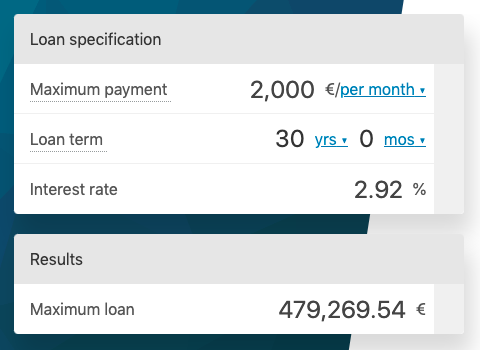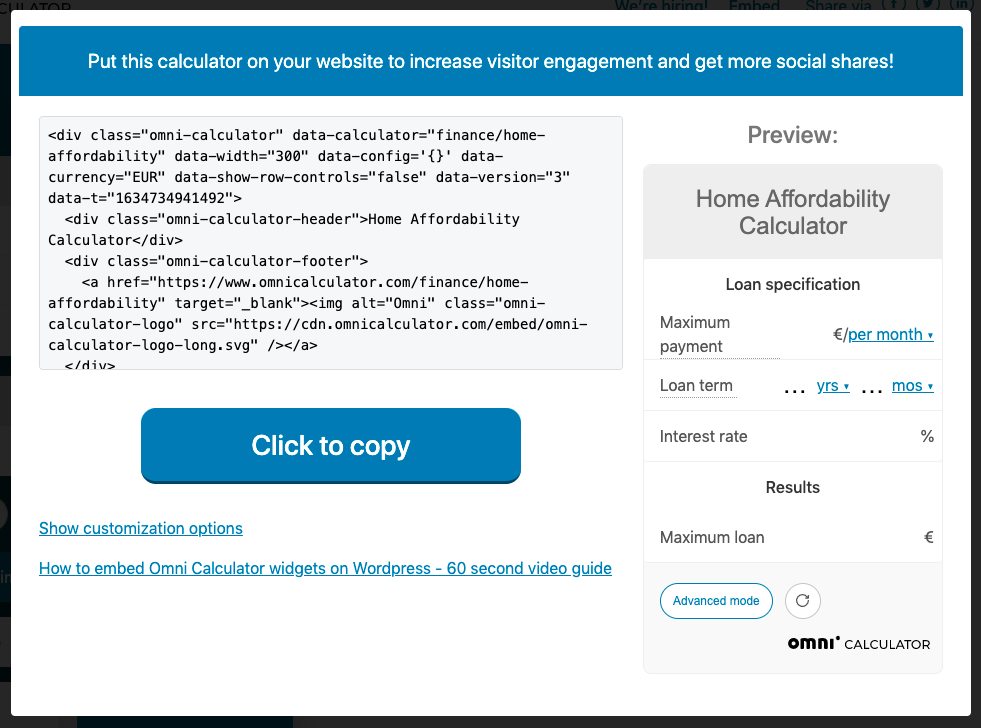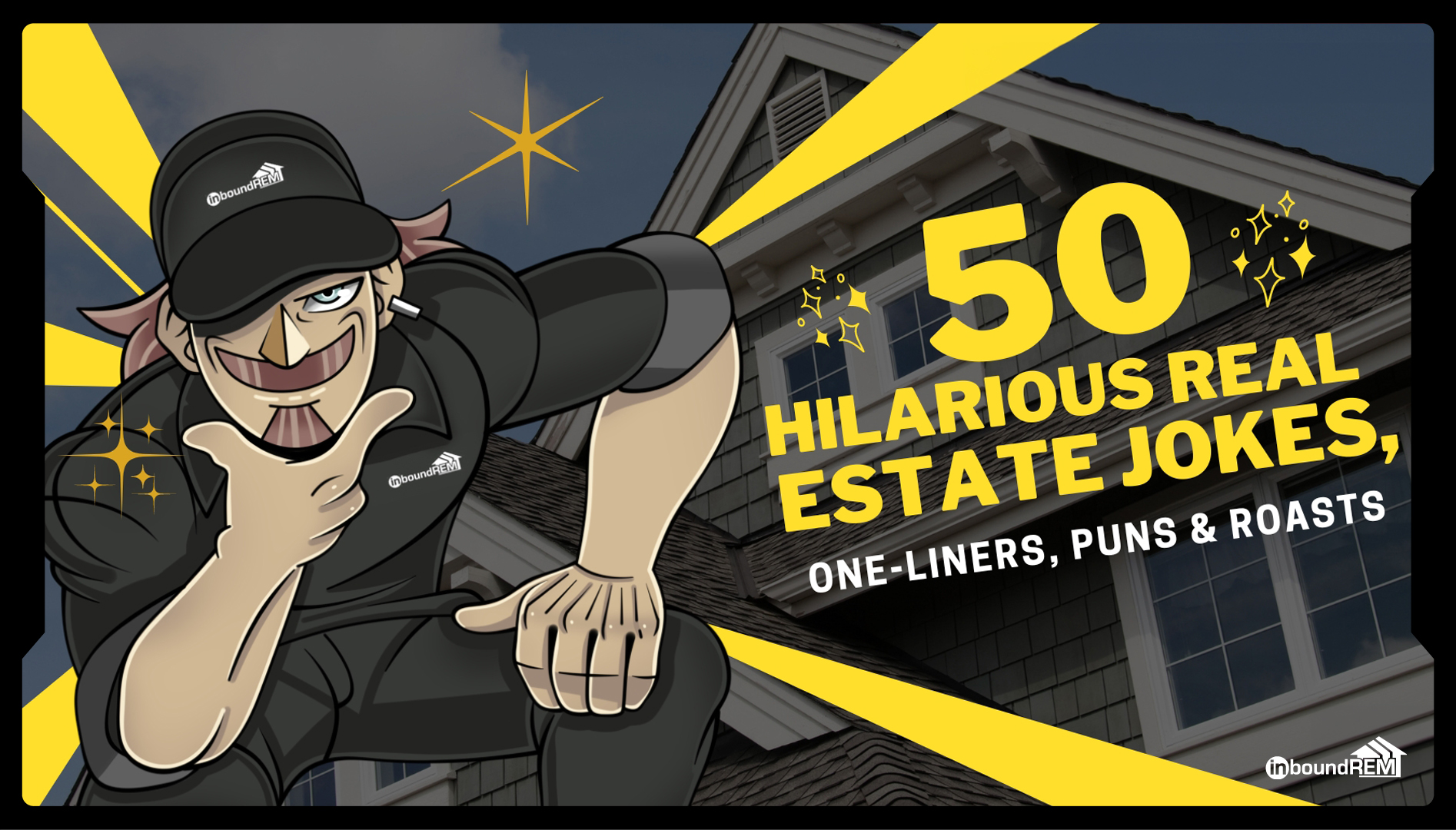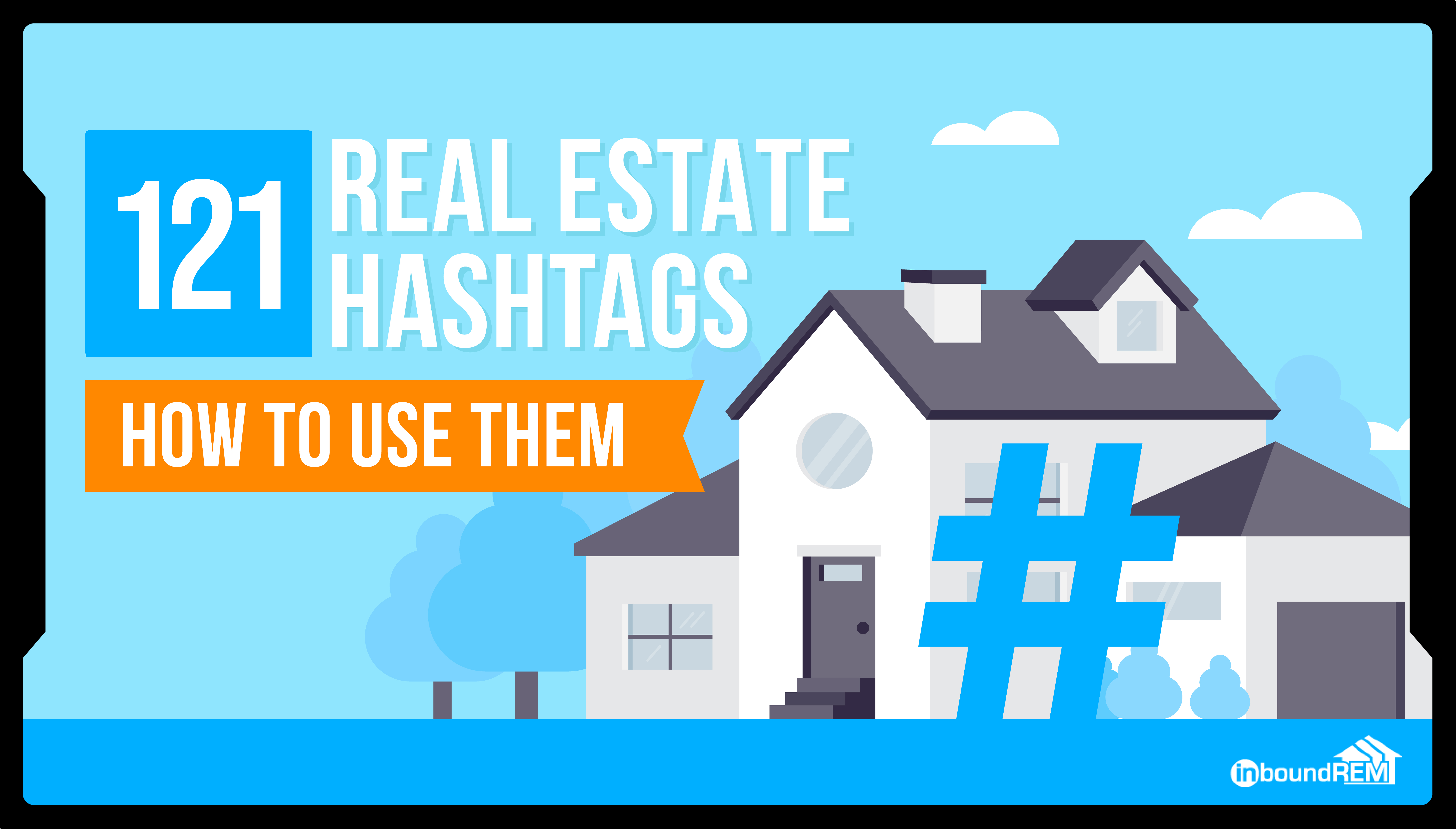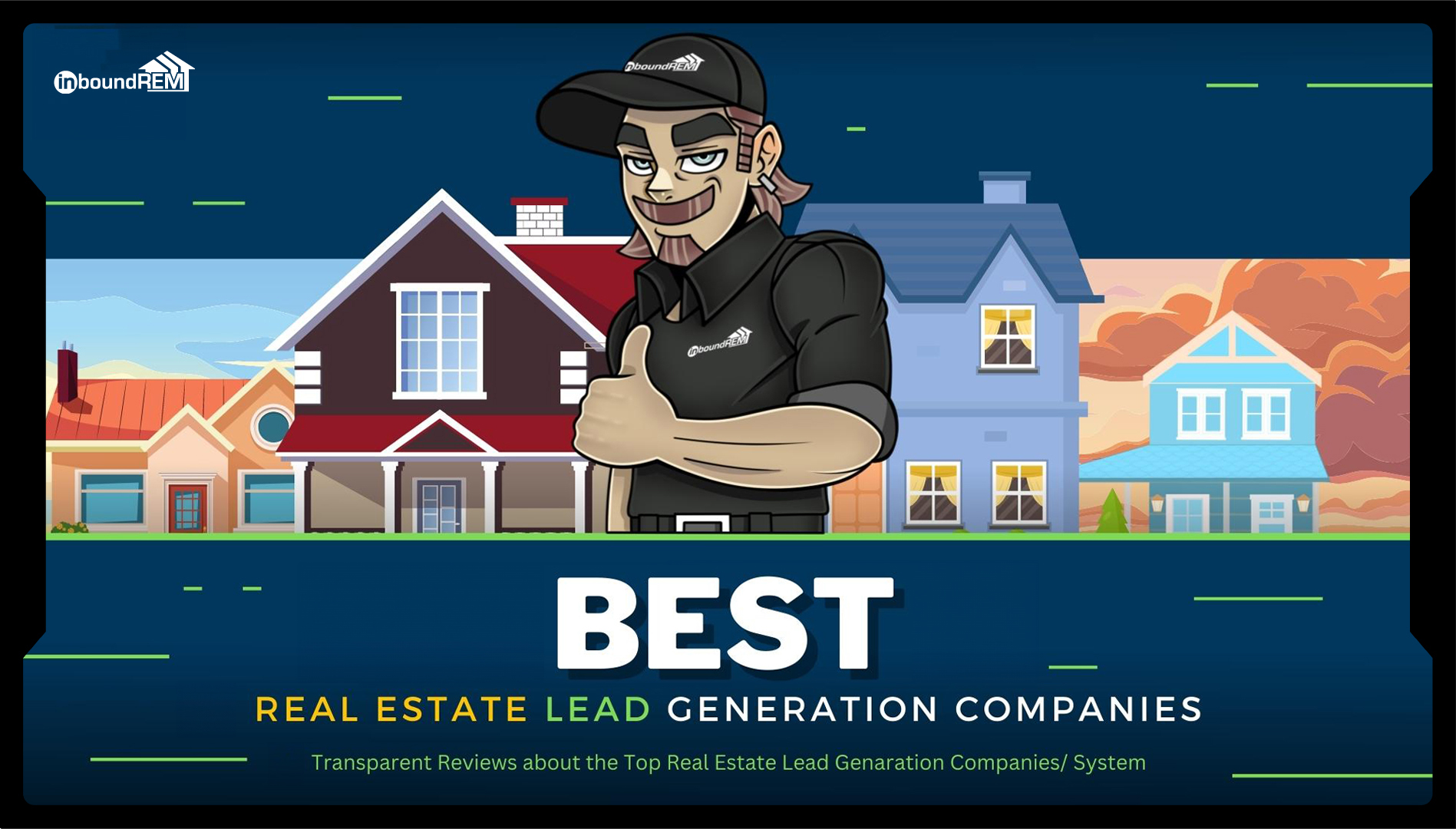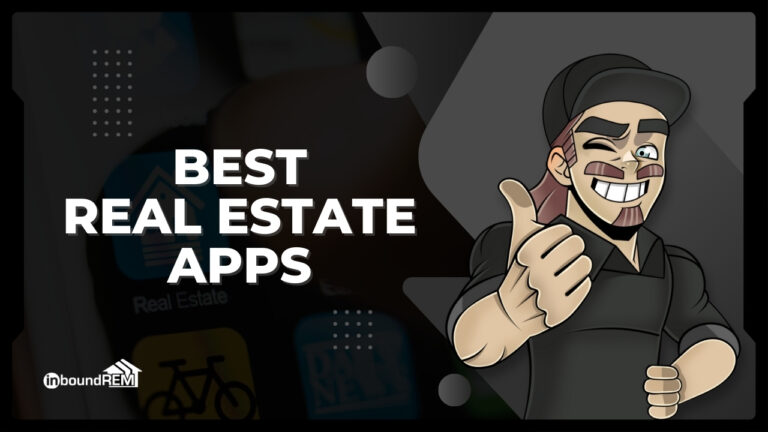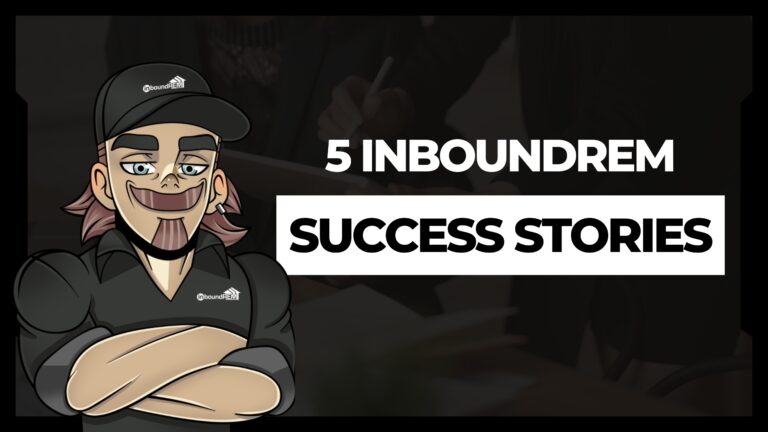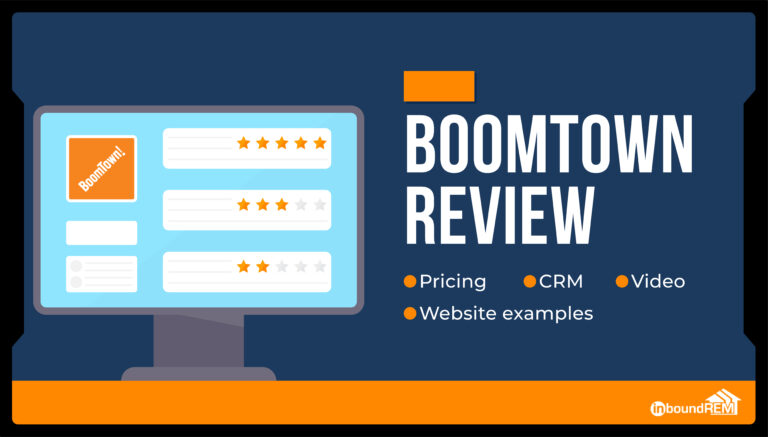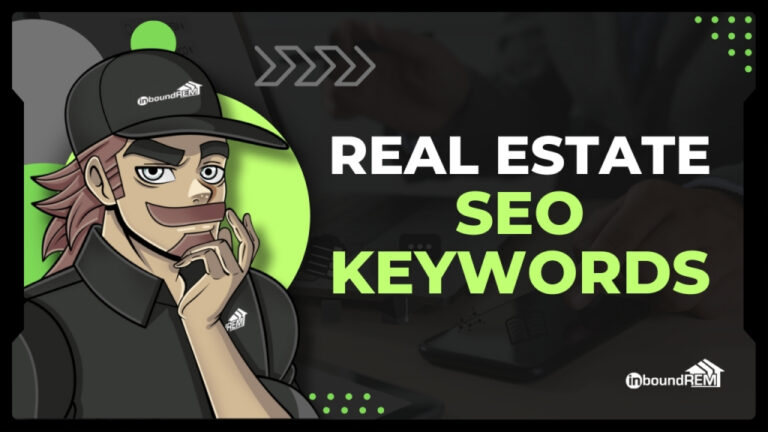Basic & Advanced SEO Techniques
The basics of real estate SEO fall in line with general on-page SEO techniques. Sure, elements like slugs and image alt-tags are essential, but you probably already have a basic familiarity with them.
This article will dive deep into these essential strategies and provide you with a highly detailed and hyper-current understanding of how to best leverage them.
But even a deep understanding of basic real estate SEO strategies won’t be enough.
They represent the bare minimum effort for beating the competition. That’s why I’m going to share about 10 advanced and secret techniques to put you ahead of the crowd. They are secret in the sense that they are either HIGHLY undervalued or underused.
In some cases, that’s because Google’s algorithm has taken a whole new trajectory. MANY real estate websites aren’t in the loop enough to keep up.
The real estate SEO tactics below will change that for you.
Table of Contents
On-Page Real Estate SEO Strategies
Image Titles and Alt Tags
These two elements are the most important SEO elements for optimizing images. The image title is self explanatory. The alt tag provides additional information describing the image to Google.
But you only need to worry about one task: providing accurate, location-specific descriptions of your images that also target keywords wisely. Write as if you were explaining the photo to a blind person. I’ll give you an example for the image below.

Image Title: A beautiful five-bedroom home for sale in the Hamilton Mill neighborhood in Dacula, Georgia
Alt Tag: The Hamilton Mill community has single-family homes to buy like this two-story brick property
The focus keyword for this webpage would be “Hamilton Mill”, but secondary keywords include “Hamilton Mill homes,” “Hamilton Mill homes for sale,” and “Georgia homes for sale”. The title and alt tag include these keywords while also providing accurate descriptions of the image.
Increase “backdoor” traffic and on-page SEO signals by including LOTS of geography-specific information in image titles and alt tags.
Much of real estate SEO is about local SEO. Dominate Google Image search results by including at least the neighborhood, city, and state in the title or alt tag of every relevant image.
Google Images Optimization
Google Images is the #2 search platform in the world, second only to Google Search. Yet it tends to be an uncompetitive field for real estate agents.
Check out these image search results for a neighborhood called Hamilton Mills. A client of mine, Farkas Real Estate Group, serves this area.
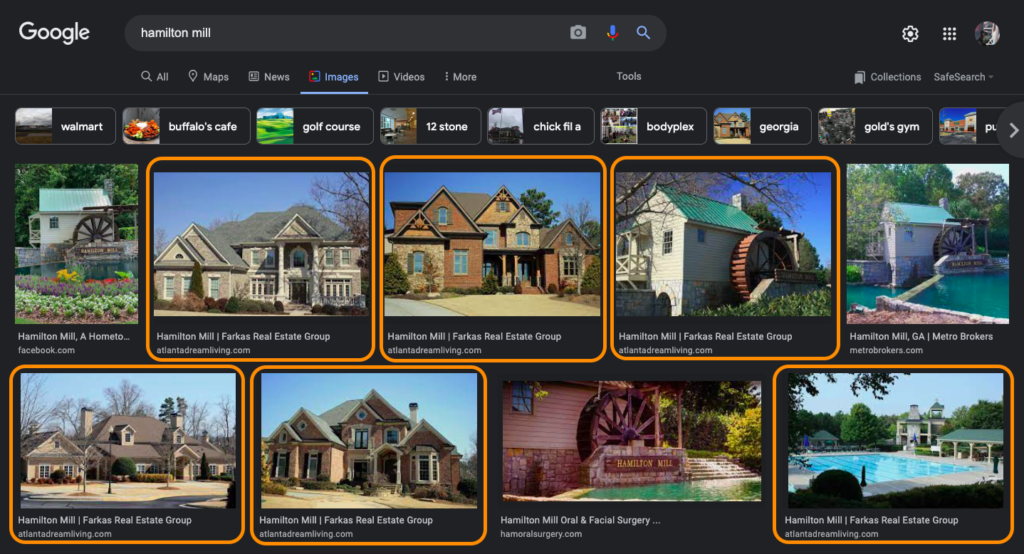
The #2, #3, #4, #6, #7, and #9 spots belong to Atlanta Dream Living. To dominate the first-page search results for Google Search in the same way is unthinkable. Yet the amount of work to own this much first-page real estate is relatively minimal and simple.
Also notable is the fact that these photos were uploaded 5 years ago, but they still enjoy pride of place. None of the photos are professionally taken. An agent simply arrived to a showing 15 minutes early, snapped some iPhone photos of the property and neighboring properties (with permission of course), then uploaded them to the relevant neighborhood page.
The whole process took a couple hours, but increased their website traffic 10-15% for 5 years running.
Upload geotagged photos for a special local SEO boost.
Search engines analyze up to 460 pieces of data (called metadata) for every image. For example, Google can know the GPS location where a photo was taken. Typically smartphones and DSLR cameras record the coordinates of each photo.
That’s great for you because Google can actually tell if the photos on your neighborhood page were actually taken in that neighborhood.
Ensure that your photos are geotagged by talking to your real estate photographer or taking them yourself. Then include as much location-specific information in your titles and alt tags as possible.
By including phrases like “for sale”, the descriptions signal that this webpage is for homebuyers and sellers, rather than, say, people researching architectural styles. By including more geographical information like “Dacula, Georgia”, you avoid confusing this Hamilton Mill with another similarly-named community.
It’s important to avoid keyword stuffing. The more images you have, the less you should use your exact focus keyword. Yoast SEO automates this process for you and recommends the perfect balance based on your article size and number of images.

Image Compression
Another important topic is compressing your images so that they load faster. Speedy loading times are important because Google places a lot of emphasis on how quickly your entire page loads, and images usually load slowest.
Key metrics Google uses to determine how user-friendly your pages are the First Contentful Paint (FCP) and Largest Contentful Paint (LCP).
You can check how well your website performs in these areas using free resources like WebPageTest or Google PageSpeed Insights.
Compress your images automatically! This helps save time and improve page loading speed.
The best tool to compress your images is a WordPress plugin called WP Rocket. The best free tool is WP Smush. You simply download the plugin and click activate.
It’s also essential to lazyload your images! You can automate this process by enabling it on WP Rocket or WP Smush.
With lazyloading enabled, the images that appear on screen first load first. Images lower on the page load last, increasing the likelihood that visitors never wait to see loaded images.
Free eBooks for Agents

Download any or all of our real estate marketing eBooks. These books contain cutting edge information, deep-diving case studies, actionable hacks to skyrocket your business.
Metadata
Metadata includes the slug, title tag, headings and metadescription. These elements comprise the content that shows on the Google Search Results.

Slug
The slug is the unique part of the article’s URL that appears at the end. For example, see the bolded section of this URL: https://inboundrem.com/101-real-estate-company-names/. Although presently Google has the slug removed from the search result URLs (as seen above).
Writing slugs is straightforward. They should be short and include your focus keyword. Never include the publication date, full title, or “contentless” words like prepositions.
You may include 1-3 extra words to capture a secondary keyword phrase as well. For example, you may opt for “best-real-estate-postcard-ideas” to rank for the focus keyword “real estate postcards,” but also the secondary keywords “best real estate postcards” and “real estate postcard ideas.”
Title Tag
The title tag is simply the title, shown in pink above. It’s important to use 50-60 characters to optimize the allotted space without cutting off your title. There are 3 main aspects to cover when writing a great title, whose purpose is to inform and entice.
It’s essential that your focus keyword appears in the title, preferably in the first half. You can use the same trick for capturing secondary keywords that we mentioned in the slug section.
Numbers and Lists
Generally speaking, it’s smart to place numbers at the beginning of a title unless all of the first page competition does the same. Then you can stand out a little by starting the title with a power word like amazing, ultimate, or free.
The best numbers to use are odd, multiples of ten, or eye-catching numbers like 101. If the competition has low-number lists, consider creating the largest list available.
If the competition has high-number lists, distinguish your title by emphasizing that your ideas are superior with a less-is-more title.
- 3 Favorite Real Estate Postcard Strategies from Top 1% Realtors
- The #1 Real Estate Marketing Tactic (How My Clients Doubled Their ROI in 1 Week)
- The Only Guide You’ll Ever Need to Real Estate Video Marketing
Questions, How Tos, and CTAs
Here’s an example of each kind of strategy.
- What’s It Really Like Living in Los Angeles? (Pros and Cons from Real Angelinos)
- How to Find the Perfect Los Angeles Neighborhood for You
- Compare Los Angeles Neighborhoods – Ultimate Guide for Relocating Families
Value Propositions
Great value propositions revolve around three themes: money, convenience, and free resources. Here are three formulations of an article title on closing costs in California that demonstrate each concept respectively.
- Complete Guide to Closing Costs In California + How to Reduce Costs 15%
- Ultimate Guide to Closing Costs in California (Including Estimate Calculator)
- All You Need to Know About California Closing Costs (+ Free Negotiation Checklist)
There’s no reason you can combine multiple value propositions tactics in a single title.
- California Closing Costs – Calculator, Negotiation Tactics & How to Save 15%
Bonus Example Title Tags
The below examples feature lots of nice marketing techniques to increase clickability. They also serve to provide you with additional great article topics, like a neighborhood guide organized according to average salary.
- 25 Things to Know BEFORE Moving to New York City [2022 Guide]
- Moving To Los Angeles – Mega Guide for Relocating to LA in 2022
- Living in the Park Slope, Brooklyn [+ Neighborhood Tour Video]
- Living in Santa Monica – Here’s What It’s Really Like [Insider’s Guide]
- 7 Best Suburbs in Chicago for Home Shoppers [+ Amazing Infographic]
- Types of Home Loans in New York – Complete Mortgage Guide
- How to Sell Your Park Slope Apartment for the Most Money
- Katy Neighborhood Guide – Real Estate & Homes for Sale
- NYC Housing Market Forecast – Current Data & 2022 Predictions
- NYC Neighborhood Guide – Best Places to Move According to Your Salary
- Best Hilton Head Neighborhoods for Golf Lovers & Caddyshack Gophers
A final great tip is to always research the first page of search results and create a highly-unique title. Many content writers omit this step to their own disadvantage. Check out the results for “Moving to Los Angeles”.
Don’t be white noise. The lackluster repetition of the competitor articles is a great opportunity for you to easily stand out by deviating from the pack. In this case, you might create a title like, “Moving to Los Angeles – Insider’s Guide for Brand Spanking New Angelinos”.
A wildly inventive title among a dozen boring titles can reverse the status quo and get more clicks despite having a lower ranking position.
Believe me, if your Rank 5 article entices as many clicks as the Rank 1 article, you won’t stay at Rank 5 for long. Google will bump you to Rank 1 or 2 for a trial period. If people interact with and stay on your article at least as much as the competition, then you’ll retain your new rank. Super engaging titles are one secret to getting your foot in the door not only with potential visitors, but also the Google algorithm itself.
Headings
The title tag is called the H1 heading. Beyond that, you’ll organize your text into sub-sections. You use H2 headings to sub-divide the overall article, H3 headings to sub-divide the H2 headings, and so on.
Pro Tip: Include H2s and maybe H3s in a Table of Contents at the top of the article. It’s a great way to get more user interaction, while increasing your amount of focus keywords right at the beginning of the article, which receives special emphasis from the Google algorithm.
It’s important to include your focus keyword and secondary keywords across your headings. It’s a balancing act. Avoid stuffing your headings with keywords, but ensure there’s a decent spread. Also be aware that H2 headings have more weight than H3 headings, and so on.
The simplest way to strike this balance is to use the free Yoast SEO plugin. It will give you a red, yellow, or green light depending on your focus keyword distribution in the headings and the text itself. Make adjustments accordingly.
Metadescription
The metadescription (the article description listed on the search results) is much less important than the title tag. It’s not an SEO factor, meaning that Google doesn’t use the text to help decide ranking position.
In many cases, Google will forgo your designated metadescription for an excerpt of your article text that includes phrases related to the search query. In the image above, you can see the phrases automatically bolded by Google.
Don’t waste 30 minutes crafting an amazing metadescription, but still take a little time to summarize the article and its features.
However, it’s still very smart to include FAQ schema markup in your text (Secret Hack #6) to double the size of your metadescription and gain more “real estate” on the search results page.
FAQ Sections
For WordPress users with Elementor, the process is simple. When adding a new section to your blog post, choose the Toggle widget, fill in your Q&A, and you’re good to go.

Other platforms have different processes for adding dropdown boxes, but if it’s not immediately obvious, you should be able to Google for help and find a simple answer.
Why do we include FAQ Sections in our metadata real estate SEO strategies? Great question. Click on Secret Hack #6 to find out.
By adding FAQ schema markup to your FAQ section or other toggle/dropdown boxes, Google may feature those sections in the metadescription of your search results. It looks like this.
See how the middle result has toggle dropdown boxes? Thats because they used schema markup, which is special code that alerts Google that these are important answers to relevant questions.
Google may also feature your FAQs in the Related Questions or People Also Ask section of the search results.
How to Add FAQ Schema Markup
To add FAQ schema markup to your FAQ section, Elementor users can simply toggle the FAQ Schema option to Yes.
If you’re using a more basic platform, you’ll need to change the code. Make the process easy by using this FAQ Schema Markup generator. Then copy and paste the finished code into your article’s HTML code in the place you want it to appear.
If you’re a little confused, don’t worry, it’s not terribly complicated. When you type your blog content into WordPress text editor, there are two options. The first is called Visual, which is just the normal written text. The other option is Text (or the coding), which just takes your written text and translates it into code. You move between the two by clicking the tabs.
Here’s an example of the Visual (normal written text) editor.
Here’s an example of the code editor (called Text, which can be a little confusing).
To insert your FAQ Schema Markup code, just scroll down to the place in the text you want to add an FAQ section that will also appear in the search results and paste it there.
It’s a non-essential step, but a great way for young websites to have a much larger presence on the search results.
User Interaction Strategies for Real Estate SEO
Generally speaking, SEO real estate strategies like keyword density, text length, title tags, and especially backlinks determine whether you’ll get to the first page. From there, you’ll start getting traffic and Google will use the additional data to decide if you deserve to remain there.
Metrics like time spent on-page, bounce rate, and user interaction (also called user engagement) are particularly important for this second data set.
They won’t count for much at the very beginning, only because Google needs the data to reach a critical mass before the metrics become reliable indicators of value, as with any statistical study.
Of course, you don’t want to spend a week on the first page and then drop off. User interaction is the key to long-term ranking. Put simply, user interaction is about on-page clicks.
Example User Interaction Features
- Toggle/Dropdown Boxes
- Video
- Social Media Shares
- Comments & Responses
- Calculators
- Newsletter Sign-Ups
- Contact Forms
- Drop-Down FAQs
- IDX & Interactive Maps
- Internal Links
- External Links
- Downloads (like Infographics or eBooks)
- Quizzes & Surveys
- Image or Client Review Carousels
- Podcasts
- Chatboxes
You can easily embed almost all of these elements (except chatboxes and IDX) with Elementor or similar platforms. Keep in mind that it’s not necessary to develop all of these resources yourself.
Every article should include social media share buttons, a comment section, a contact form, internal links, and external links. In addition, cornerstone content should include as many additional elements as you can manage. Videos, client review carousels, IDX, infographics, and downloadable PDFs are particularly effective.
One of the most cutting-edge real estate SEO strategies for 2022 is using toggle or dropdown boxes. This text itself is inside a toggle dropdown box.
In the first place, they are helpful to your reader. Have you ever scrolled through a 4000-word article on your smartphone? It’s enough to give you carpal tunnel.
Dropdown boxes increase the scannability and scrollability of a post while greatly boosting on-page clicks. That’s super key for SEO in 2022.
Use this article as an example of this essential real estate SEO strategy, but also check out these articles:
- The Only 4 Real Estate Blog Ideas You Need to DOMINATE Your Market
- 10 Best Real Estate Website Design Companies (150+ Research Hours)
- 5 Real Estate Branding Experts Share Golden Advice
FAQ sections are the simplest way to integrate dorwpdown boxes. However, with a little creativity, you can find plenty other kind of text that work well with toggle sections.
Commenting
Pro Tip 1: Increase your comments by encouraging visitors to ask questions.
Be passionate about helping and suggest potential areas where you can expand on the existing content.
Pro Tip 2: Streamline the commenting process as much as possible.
Eliminate forced registration and spam-prevention methods. Visitors should be able to type a comment, add their name and optional website, and click publish. There should be no additional barriers to participate.
Pro Tip 3: Ensure that you respond to every comment, even if it’s just a thank you.
However, it’s important to approve comments before allowing them to post. You do that by clicking on the Comments section on your WordPress Dashboard.
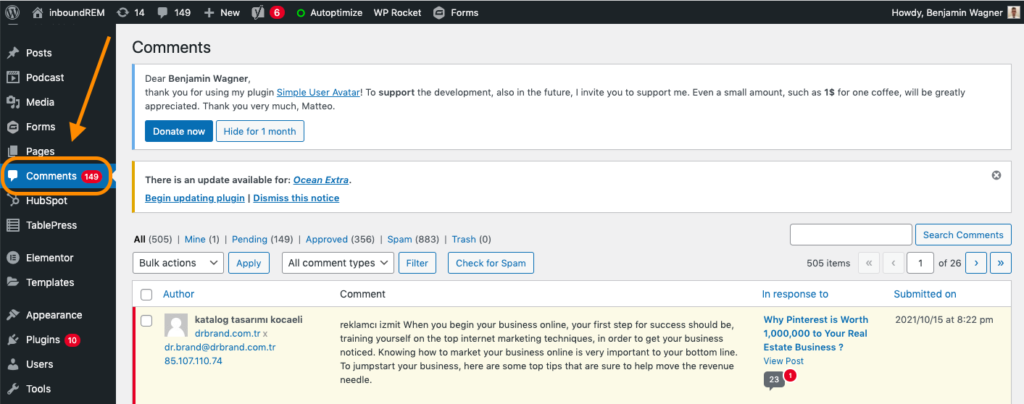
Especially as your website gains authority, some posters will leave highly generic comments in hopes of getting a free backlink. Here’s a couple of examples.


Personally, I don’t approve comments unless they add significant value to the article or ask a good question. I deleted both of the above comments. If you want to approve the comment but disallow the backlink, you can click the small “X” next to the website URL.

Then approve and respond to the comment as you normally would. I would recommend doing this for any website that looks remotely spammy. Feel free to play it safe and delete all of the website URLs from the comments, except high authority websites.
Chatboxes
Typically chatboxes are associated with enterprises that have 24/7 customer service representatives. However, small agencies and even solo agents can incorporate chatboxes onto their website.
Just be sure to communicate that visitors shouldn’t necessarily expect an immediate response, especially during non-business hours.
Read more about exactly how to do that in the secret hack below.
One of the simplest ways to incorporate a chatbox option to your website is the WP Chatbox plugin, which you can sync with Facebook Messenger from your Facebook Business page. Visitors can log in to their Facebook profiles or chat as a guest, so it’s easy for everyone.
You can tailor the text box to include a note about how quickly you typically respond.
Financial Calculators
Another great addition to many real estate blog articles is a financial calculator. They work well on posts about tax information and home prices.
Read the hack below for more information about the simplest way to add calculators to your content.
The simplest way to embed a financial calculator on your site is through OMNI Calculators. You won’t find a perfect match for your content every time, but they have 350 kinds of financial calculators that you can easily embed into your content for free.
For example, here’s a simple Home Affordability Calculator. Click the embed option, and this window pops up.
Once you’ve copied the embed code, you insert the HTML Editor widget into your blog article. Then you paste the embed code into the HTML editor, and the calculator will appear in the article.
Sliding Carousels
The best kinds of carousels for real estate webpages are testimonial and image carousels. However, you can also apply this technique to related articles.
All three options add value to your content and break up boring blocks of text. But there’s a simple trick you can use to increase user interaction and give your content a special SEO boost. Find out more below.
The key to increasing on-page clicks with sliding carousels is applying a 5-second timer. In other words, the carousel won’t slide to the next client review or property image until 5 seconds have passed.
It’s essential that clickable arrows appear permanently on the sides and that the bottom has dots indicating how many images or reviews are in the carousel.
Ideally you’ll place especially enticing images or reviews at the beginning. That, in combination with the side arrows and slow timer, encourages visitors to manually click through the carousel.
In other words, a single widget can grant your article an extra 10+ on-page clicks. Google will love it.
We’ve included an example below.
Lighter Real Estate Content
How InboundREM Can Boost Your Success
InboundREM builds powerful, SEO-driven websites that generate excellent leads for years. Our claim to fame is exceptional long-term ROI. We recently did a deep analysis of a client, who received a 2.3X ROI in Year 1, 10X ROI in Year 2, and a projected 20X ROI in Year 3.
Many of our clients just shift their current marketing budgets to more long-term strategies. Put simply, it’s the difference between buying and renting. And the leads tend to be MUCH better than other lead generation sources.
Schedule a meeting with me
Let’s chat about how an SEO-focused website that YOU OWN can generate high-quality leads and exceptional long-term ROI. If my services aren’t the best move for you, I’ll gladly point you in the right direction

